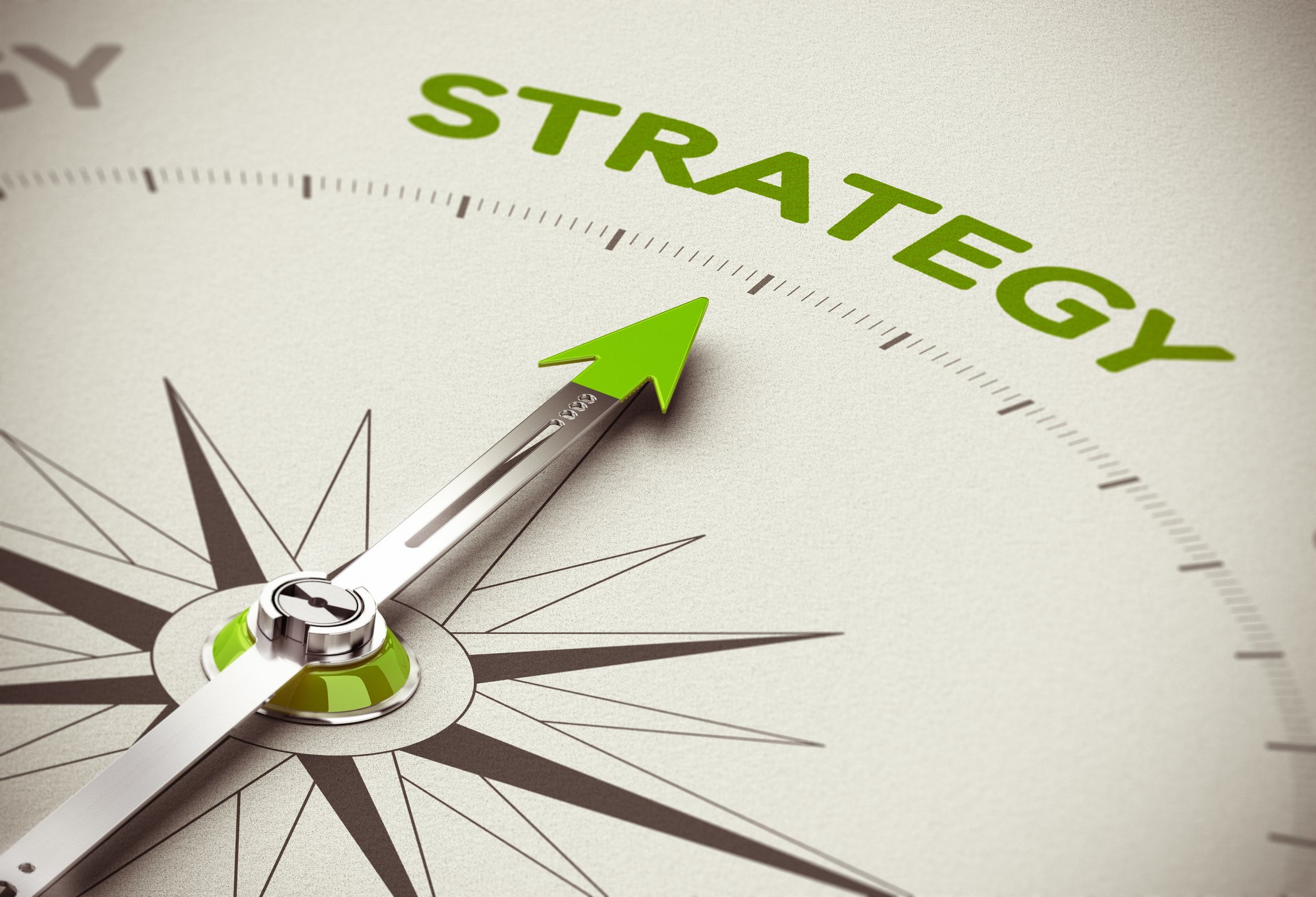BP plc (BP +1.89%), the second-largest oil producer in the UK, reported first-quarter financial results on Tuesday. While the company's underlying profit fell 24% year over year, operating cash flow more than doubled from the year-earlier period, which bodes well for additional dividend increases. Let's take a closer look at the company's first-quarter highlights and the various measures it is taking to return more cash to its shareholders.

Photo Credit: BP plc.
First-quarter highlights
BP reported first-quarter underlying replacement cost profit of $3.2 billion, down 24% from $4.2 billion in the year-earlier period. The year-over-year decline in underlying profit was due mainly to sharply lower production, higher upstream costs, and continued weakness in refining.
BP's upstream segment posted an underlying pre-tax replacement cost profit of $4.4 billion in the first quarter, down from $5.7 billion a year earlier, due largely to higher non-cash upstream costs, lower production, and writedowns on certain assets.
The company's reported production, excluding Russia, was 8.5% lower than a year earlier, largely because of the impact of asset sales and the loss of production from the UAE resulting from the January expiration of an onshore concession in Abu Dhabi's oilfields. Lower upstream profits also reflect two major writedowns -- one on shale acreage in Ohio's Utica shale for $521 million, and one on an offshore block in Brazil for $845 million.
Meanwhile, the company's downstream segment reported $1.0 billion underlying pre-tax replacement cost profit for the first quarter, down from $1.6 billion a year earlier. Downstream weakness was due largely to continued weakness in refining margins, especially in Europe.
Improving cash flow and asset sales to drive stronger shareholder returns
On the plus side, however, BP's operating cash flow more than doubled to $8.2 billion during the quarter, up from $4.0 billion in the first quarter of 2013. Reflecting its confidence in stronger cash flow growth, BP raised its quarterly dividend to 9.75 cents per ordinary share, up 8.3% from 9.50 cents per ordinary share a year earlier.
This year, the company is on track to generate $30 billion to $31 billion in operating cash flow, which should be enough to cover its capital spending of $24 billion to $25 billion, as well as dividend payments. This is a crucial takeaway for investors, because it signals the British oil major's return to material operating cash flow growth and bodes well for additional dividend increases.
Three main factors will underpin this expected growth in operating cash flow: (1) the start-up of six major, high-margin oil projects this year, (2) a ramp-up in the upgraded Whiting refinery's heavy crude processing capacity, and (3) a reversal of last year's working capital build. During the first quarter, three major upstream projects -- Chirag in Azerbaijan, Na Kika phase 3, and the Royal Dutch Shell (NYSE: RDS-A)-operated Mars B project in the Gulf of Mexico -- commenced production, with three additional projects scheduled to come online by year's end.
BP is also returning more cash to shareholders through its current $8 billion share buyback program, which is now almost complete, with the company having spent $7.6 billion on it so far. In addition, BP is also targeting additional asset sales to raise cash, having already divested some $38 billion worth of assets since 2010.
Through 2015, it expects to divest an additional $10 billion worth of assets. So far, it has already agreed to sell more than $3 billion worth of assets, including the recent sale of some marginal Alaskan oil fields. The post-tax proceeds from these investments will be returned to shareholders mainly through share buybacks.
Investor takeaway
While BP's exposure to Russia through its 20% stake in Kremlin-controlled Rosneft and uncertainty surrounding its remaining liabilities from the 2010 Macondo oil spill will probably continue to weigh on the company's share price, BP shareholders have one thing to be very happy about: the company's likely return to material operating cash flow growth.
If the company can achieve its cash flow target of $30 billion to $31 billion this year and next and deliver stronger cash flows over the period 2015-2018, while maintaining capital expenditures at $24 billion to $26 billion, I see no reason it can't grow its dividend at a strong pace over the next several years, as long as oil prices hold above $100 per barrel.




